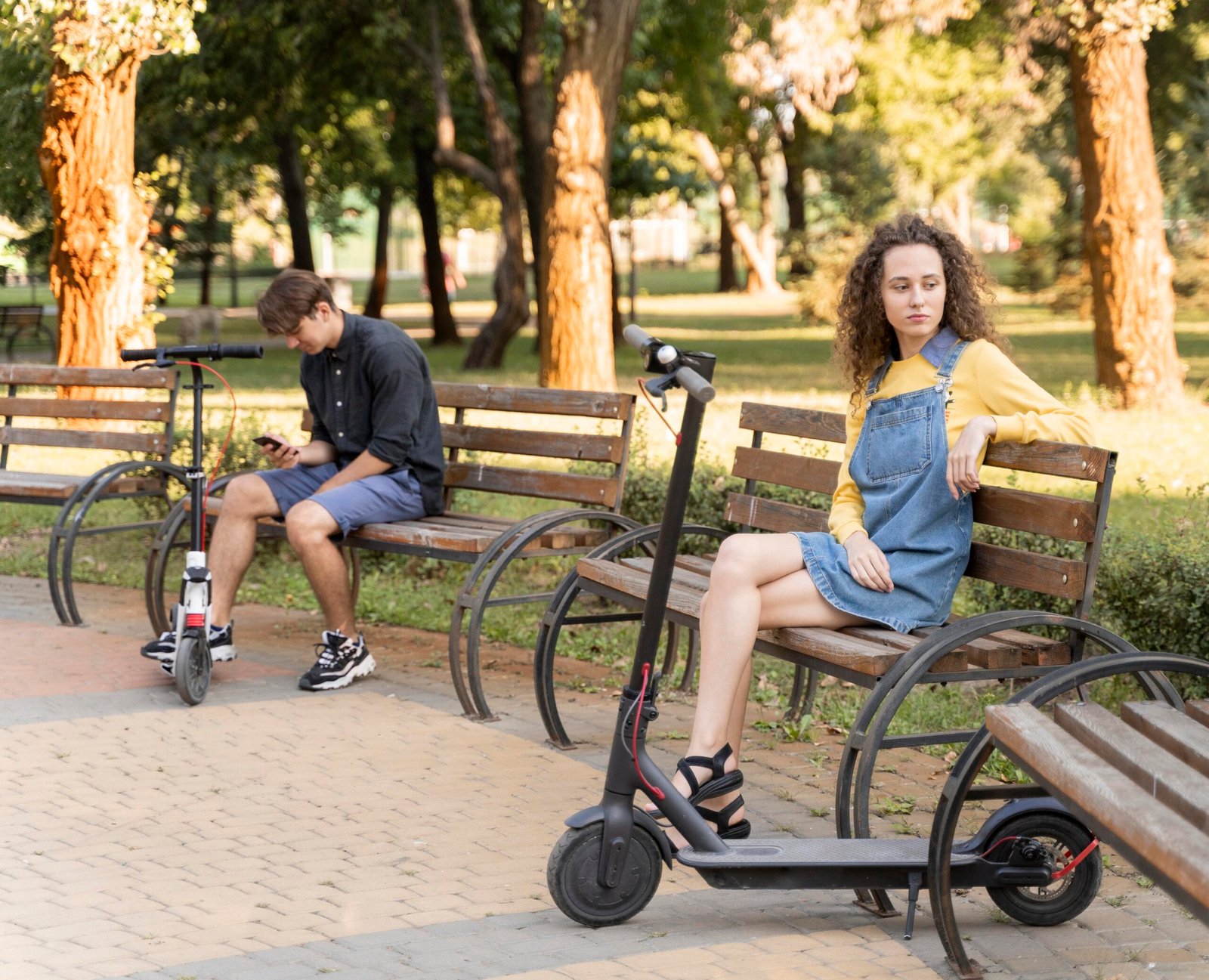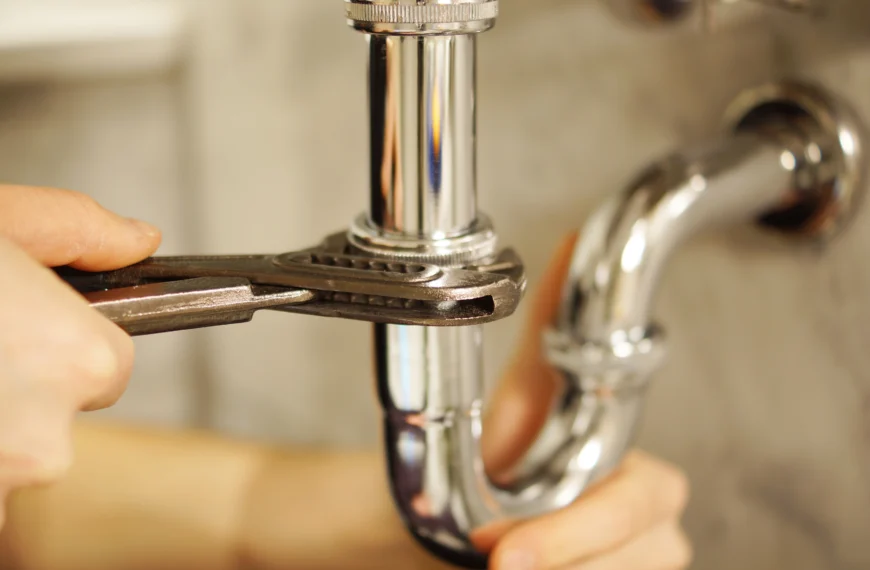Introduction: The Mobility Gap That Sparked Innovation
For decades, cycling symbolized freedom—yet millions remained excluded. Traditional bicycles demand balance, strength, and coordination inaccessible to those with disabilities, age-related limitations, or chronic conditions. This systemic gap ignited the adaptive tricycle revolution: engineered solutions marrying human-centered design with cutting-edge technology.
This article explores:
- Why adaptive tricycles emerged as a response to societal and technological shifts
- How they deliver life-altering experiences beyond mere transportation
- Real user transformations proving mobility is a human right
Chapter 1: The Perfect Storm – Why Adaptive Tricycles Existed
1.1 Demographic Tipping Points
- Aging Populations: By 2030, 1 in 6 people globally will be over 60 (WHO). Age-related mobility decline created demand for stable, low-impact exercise.
- Rising Disability Rates: 27% of US adults live with a disability (CDC), including 13.7 million with mobility-limiting conditions.
- Chronic Conditions: Arthritis, MS, and Parkinson’s affect 50+ million Americans alone, requiring adaptable mobility tools.
1.2 The Inclusion Revolution
- Disability Rights Movements: Landmarks like the ADA Act (1990) shifted focus from institutionalization to community participation.
- “Nothing About Us Without Us”: Activists demanded products co-designed with disabled users, not for them.
- Mainstream Accessibility: Cities invested in wheelchair ramps and wide pathways, enabling trike infrastructure.
1.3 Technological Breakthroughs
| Innovation | Impact on Adaptive Trikes |
|---|---|
| Carbon Fiber Frames | Reduced weight by 40% vs. steel (avg. 28 lbs) |
| Torque-Sensing E-Drives | Seamless pedal assist up to 20mph |
| Ergonomic Adjustability | 360° seat/handlebar customization for scoliosis, amputees |
| Lean-Sensitive Steering | Auto-counterbalance for users with tremors |
Chapter 2: Beyond Transportation – The Multidimensional User Experience
2.1 Physical Autonomy Reclaimed
- Daily Independence: 74% of adaptive trike users report completing errands alone for the first time in years (Mobility Trust Study, 2023).
- Real Impact: James (spinal injury) uses his trike’s cargo basket for groceries: “No more begging neighbors for rides.”
- Therapeutic Movement: Low-impact pedaling improves joint flexibility and cardiovascular health.
- Clinical Insight: “Consistent cycling delays MS progression by 37% vs. sedentary patients.” – Dr. Elena Rossi, Johns Hopkins Rehabilitation
2.2 Emotional Resurrection
- Conquering “I Can’t” Mentality:
“My first ride felt like flying after 5 years in a wheelchair. I cried tears of joy.”
– Fatima, 32 (Cerebral Palsy)
- Anxiety Reduction: 68% of users report lower depression scores within 3 months of regular riding (University of Michigan Wellness Study).
- Pride in Capability: Stealthily integrated supports (e.g., hidden pelvic harnesses) avoid medical stigmatization.
2.3 Social Reconnection Engineered
- Community Integration: Group rides bridge isolation gaps:
- Portland’s “Rolling Freedom” club hosts 200+ adaptive riders monthly
- Intergenerational bonding: Grandparents join grandchildren on trails
- Identity Shift: Users transition from “disabled” to “cyclist“:
- Design Detail: Fashion-forward colors and sleek frames replace clinical aesthetics
Chapter 3: Engineering Empathy – Design Features That Enable Transformation
3.1 Stability Without Sacrifice
- Triangular Physics: Rear wheels spaced 30″+ apart prevent tipping even at 45° leans
- Instant Stop Technology: Dual disc brakes + electronic motor cutoff for users with slow reflexes
3.2 Power When Needed
- Smart E-Assist Systems:
- Hill Detection: Auto-boosts torque on inclines >5% gradient
- Fatigue Compensation: Gradually increases assist as user tires
- Hand Pedal Options: Grip-sensitive motors enable quadriplegic riders to climb 10% grades
3.3 Customization as Standard
- Modular Design: Over 200 configurable components (e.g., swapable foot plates, chest supports)
- Bio-Mechanical Fitting: 3D body scanning ensures optimal posture alignment at certified dealers
Chapter 4: Real Lives, Radical Change – User Case Studies
4.1 Maria’s Renaissance (Age 68, Severe Osteoarthritis)
Before Adaptive Trike:
- Couldn’t walk >10 minutes without pain
- Missed gardening and library visits
- Depression diagnosis
After 6 Months with E-Assist Trike:
- Daily 5-mile rides to local farmers’ market
- Joined “Silver Spokes” cycling group
- Reduced pain medication by 60%
“It gave me back my town—and myself.”
4.2 David’s Victory Lap (Combat Veteran, Amputee)
Challenge:
- Phantom limb pain limited prosthetic use
- Avoided crowds due to PTSD
Solution:
- Left-side hand pedal system
- Vibration-dampening suspension
- “Quiet Ride” sound-dampened chain
Outcome:
- Completed 30-mile “Heroes Roll” charity ride
- Volunteers teaching adaptive cycling
Chapter 5: The Ripple Effect – Societal Impacts
5.1 Economic Shifts
- Market Explosion: Adaptive cycle sales grew 300% since 2020 (Global Mobility Report)
- Job Creation: Specialized mechanics and fitters now trained at 50+ US colleges
5.2 Urban Redesign
- Inclusive Infrastructure:
- Wider bike lanes (8+ ft) accommodating trikes
- Charging stations on trails
- Policy Advocacy: “Complete Streets” laws now mandate accessibility in 35 states
5.3 Environmental Justice
- Emission Reduction: One adaptive trike replaces 3,200 car miles annually (avg. user)
- Sustainable Manufacturing: Brands like AdaptoCycle use 100% recycled aluminum
Chapter 6: The Future Is Adaptive – Emerging Innovations
6.1 AI-Personalization
- Predictive Assist: Algorithms learn user’s fatigue patterns over 100+ rides
- Hazard Detection: Lidar sensors alert to potholes or sudden stops
6.2 Health Integration
- Vital Monitoring: Handlebar sensors track heart rate, oxygen saturation
- Tele-Rehab: Physical therapists adjust resistance remotely via app
6.3 Mainstream Convergence
- Universal Design Principles: Features like step-through frames benefit all riders
- Sport Inclusivity: Paralympic cycling events driving tech trickle-down
Conclusion: When Three Wheels Move the World
Adaptive tricycles emerged not as niche aids, but as tools of human reclamation:
- Technically, they synthesize materials science, ergonomics, and AI
- Emotionally, they restore agency and joy
Socially, they rebuild communities









